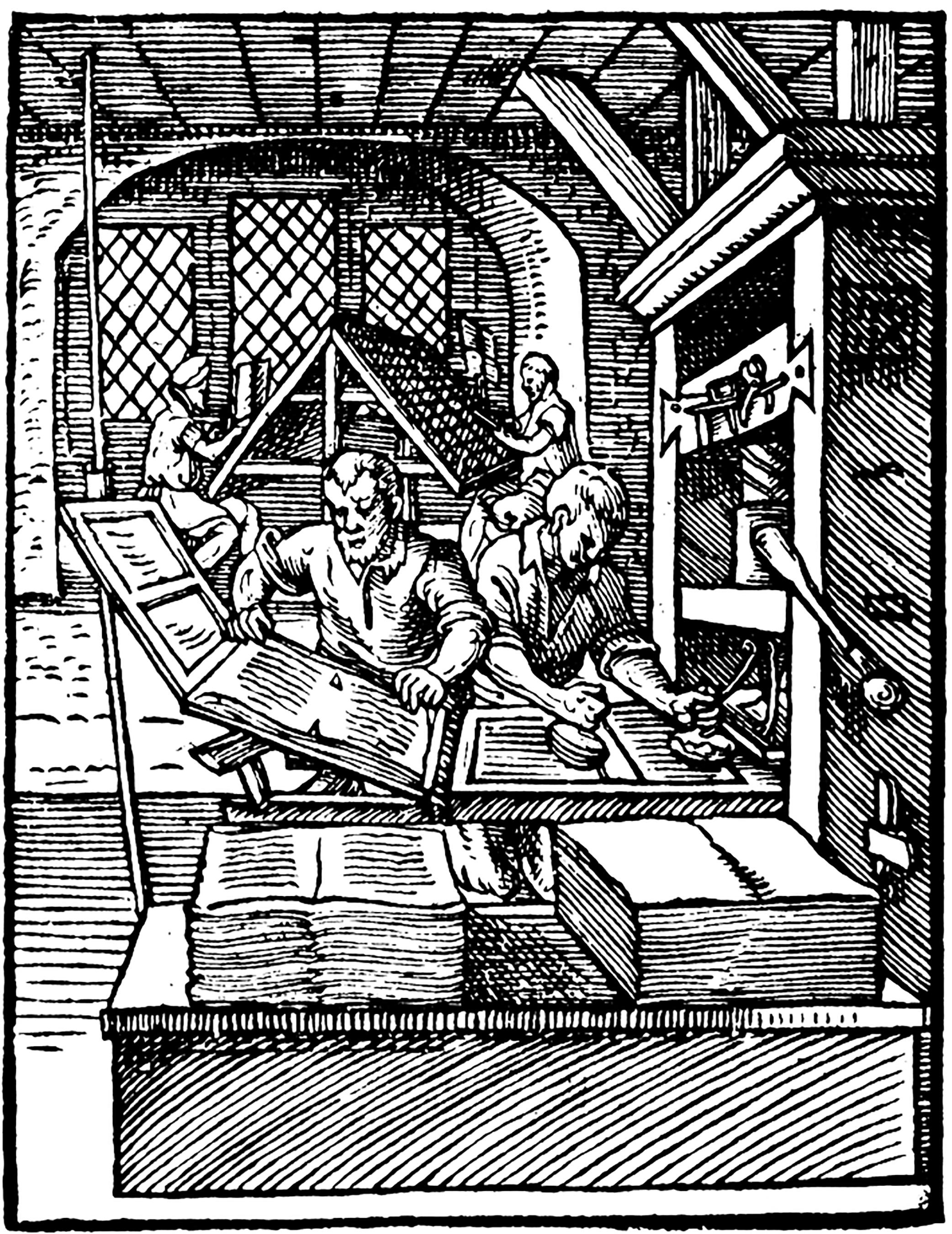Education, knowledge and skills
7.7 Literacy and books

It is easy to get carried away with the evidence for rising literacy rates in Elizabethan England. Although many more people were able to read and also to write by the end of the century than at the start of Elizabeth’s reign, the rise had begun from a very low level and even with the expansion of education and the print trade, whether or not you could read more than a few words depended very much on social status and access to education and also to texts themselves. Books were still fairly expensive and although most families now had some form of access to a printed Bible, book ownership remained something that many could only aspire to, although the range of books available and the desire to own them was increasing, particularly amongst the growing middle order that we have heard so much about during this course. Watch the short film here on ‘The Elizabethan bookshelf’ for a guide to the kinds of books that might be found in an Elizabethan household.
Individual activity: Regulating the print trade
The government was certainly concerned about the impact of the expansion in printed books. The Stationers’ Company Register was established to enable the stricter regulation of the print trade, although enforcement was patchy at first. You can read more about the history of the Stationers’ Company on their website.
Read the section on ‘Orders concerning printing’ on the Columbia University Libraries website. What was being regulated? What does this reveal about the concerns of the government?